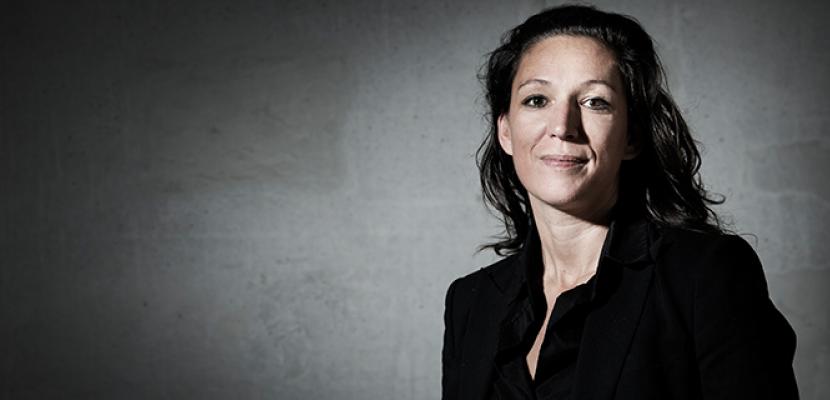
Bond University marked the 30th anniversary of its founding in 2019. Five of the university’s leading academics predict how their areas of expertise will change in the three decades leading up to the 60th anniversary in 2049.
Associate Professor of Architecture Daniela Ottmann shares her thoughts on architecture and cityscapes in 2049.
Greetings from 2049! Looking back, it’s clear 2019 was a tipping point in the quest for the sustainable development of our planet.
It was the year millions of young people mobilised for the #FridaysForFuture/global climate strike movement and demanded action.
Scientists declared a climate emergency and were followed by architects.
Of course, industries and governments had been urged to act long before 2019, notably by the UN’s Our Common Future report which warned in 1987 about overexploitation of the planet at a time when the population was just 5 billion people.
Just over 30 years later, cities and architecture had become significant contributors to the ecological degradation of the earth, emitting 60 per cent of greenhouse gas emissions for a population of 7.7 billion.
Amid Bond University’s 30th anniversary celebrations, the Abedian School of Architecture reacted and changed our curriculum.
Our students are now world leaders in creative problem-solving and are great team-players who use interdisciplinary approaches to achieve renowned innovation awards in architecture and urbanism.

Our alumni have been crucial to contributing to the demanded change for climate-friendly cities.
They have been assisted in this by the realisation of quantum computing and AI which have helped to integrate most of our city’s design, construction and operation processes, from the planning of poly-centric cities to single, interconnected buildings.
Architecture has moved beyond function, structure and aesthetics to also design for humane social inclusion and ecological integration.
Rather than gorging on resources and expelling waste, cities are now active drivers of the circular economy, producing and cycling energy and natural resources for the benefit of a healthful urban environment.
Self-assembly technologies have progressed to the point where bone-like, zero-carbon concrete structures can be mass produced and combined with eco-composite hybrid wall and slab systems.
Automated urban transport, food and water systems are highly effective due to the way urban architects and intelligent infrastructure experts now “program” cities as co-evolving systems.
Our urban surfaces and architectural envelopes produce food, energy, and cycle resources such as water and biomass. These work alongside intelligent facades that adjust to climatic conditions, serve indoor comfort levels, enable solar-to-gas electrolysis, and host algae reactors.
Our buildings all are interconnected in fairly dense but decentralised urban oases and make space for social, cultural and recreational uses.
Overall, the eco-footprint is finally back to one planet earth with 9.7 billion people (most of them living in cities) as compared to 2019 where the human demand on nature was three times that.
So thanks to your collective willingness for change in 2019, we were able to adapt the urban and architectural course of the last 30 years.
We have achieved a shift to a zero-carbon, resilient, and healthy built environment -- a real Urban Ecolution.
Read:
Future Tense: Sport in 2049
Future Tense: Medicine in 2049
Future Tense: Technology in 2049
Future Tense: Advertising in 2049